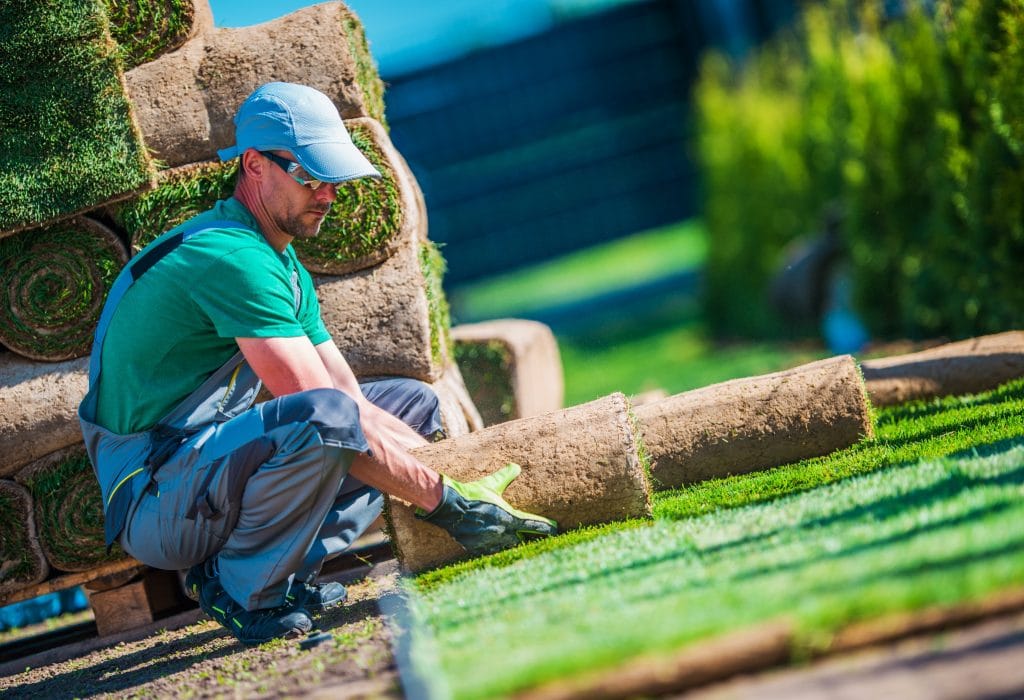Rumored Buzz on 5 Easy-to-Grow Vegetables for Beginners

Best Practices for Watering Your Plants
Watering your vegetations seems like an effortless job, but it is extra difficult than it seems. lawn care is necessary to the development and wellness of your plants, but too much or as well little bit of water can injure them. In this short article, we are going to go over some finest strategies for watering your vegetations.
1. Know Your Plant's Watering Requirements
Different vegetations possess different sprinkling necessities. Some vegetations favor dry out ground, while others need to have wet soil to thrive. Before you start watering your vegetations, research the specific watering requirements of each plant in your backyard. This expertise will assist you find out how commonly and how much water each vegetation needs.
2. Inspect the Soil Moisture Level
Before you water your plants, examine the humidity degree of the ground with a dampness meter or through sticking your hands in to the ground up to the initial knuckle. If the ground feels dry at this depth, it's opportunity to water.
3. Water in The Morning
Watering in the early morning is optimal because it makes it possible for adequate time for the leave of absence to dry out before nightfall when cooler temperatures get here. Wet vacation at night welcome disease-causing fungis and micro-organisms that can easily hurt your plant.
4. Make use of The Right Amount Of Water
Making use of also much or also little bit of water may be harmful to your plant's growth and wellness. Overwatering can easily lead to root deterioration and other diseases, while underwatering can easily cause wilting and stunted growth.
5.Water Slowly and Greatly
When watering your plants, make certain you carry out therefore slowly and heavily so that all parts of their roots receive adequate dampness as areas nears area are extra very likely to dry quicker than deeper ones.
6.Use Compost
Mulching around your plants helps keep humidity in the dirt by reducing dissipation from direct sunlight visibility which implies less recurring water required To accomplish this use organic compost such as straw or hardwood potato chips around foundation of each vegetation.
7.Avoid Watering The Leaves
Watering the leaves of your plants can easily trigger health conditions or fungus contaminations. Rather, sprinkle the soil around the plant to guarantee that the origins soak up the water.
8.Avoid Sprinkling During Rainy Days
Steer clear of watering your vegetations on wet days. Performing thus might create overwatering, which can lead to origin decay and various other health conditions.
9.Water Container Plants Even more Often
Compartment plants often tend to dry out a lot more quickly than those planted in dirt. Hence they require a lot more constant water than those in a landscape bed.

10.Water Depending on To The Period
During warm summer months, your vegetations might require extra regular water as dissipation rates are much higher while during winters when temperatures are low and there is actually less direct sunlight, vegetations normally need less water.
In verdict, effective sprinkling is essential for well-balanced vegetation development. By following these greatest strategies, you can make sure that you are delivering your plants with the correct volume of wetness they need to have to flourish and expand perfectly. Remember to understand your vegetation's details needs, examine soil moisture degrees just before water, utilize compost as an help in retaining dampness and stay away from overwatering or underwatering them. Pleased gardening!
